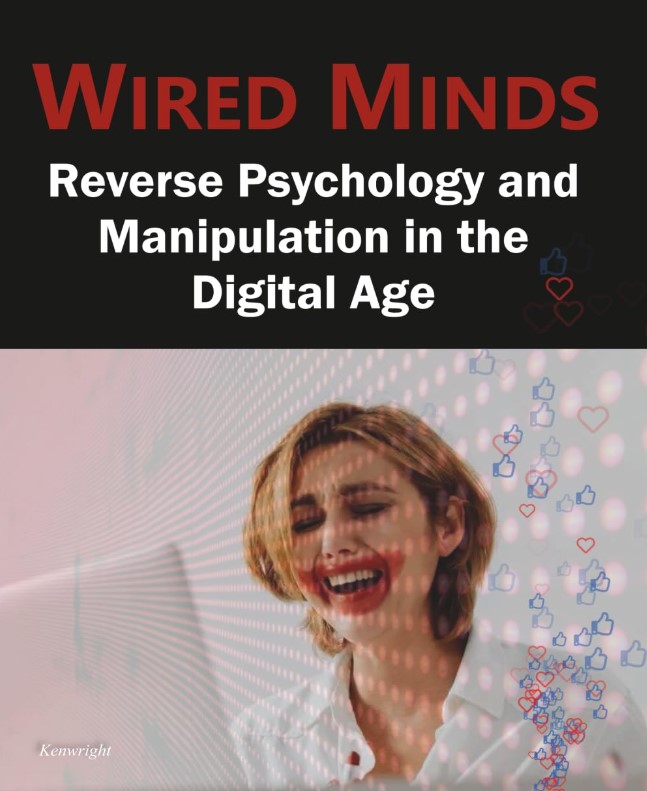
Wired Minds: Reverse Psychology and Manipulation in the Digital Age (Paperback)
A thought-provoking exploration of digital manipulation and its impact on the modern technology. This essential read offers fresh perspectives and practical insights that will transform your understanding.


Sarah Johnson
Professional ReviewerCouldn't agree more. The real-world examples made all the difference for me.
September 27, 2025